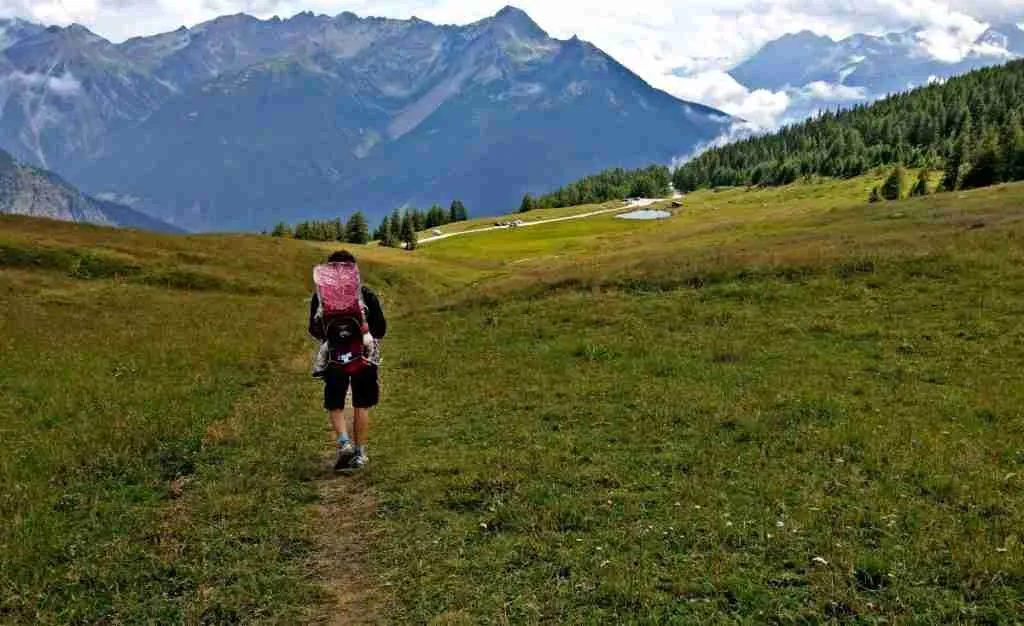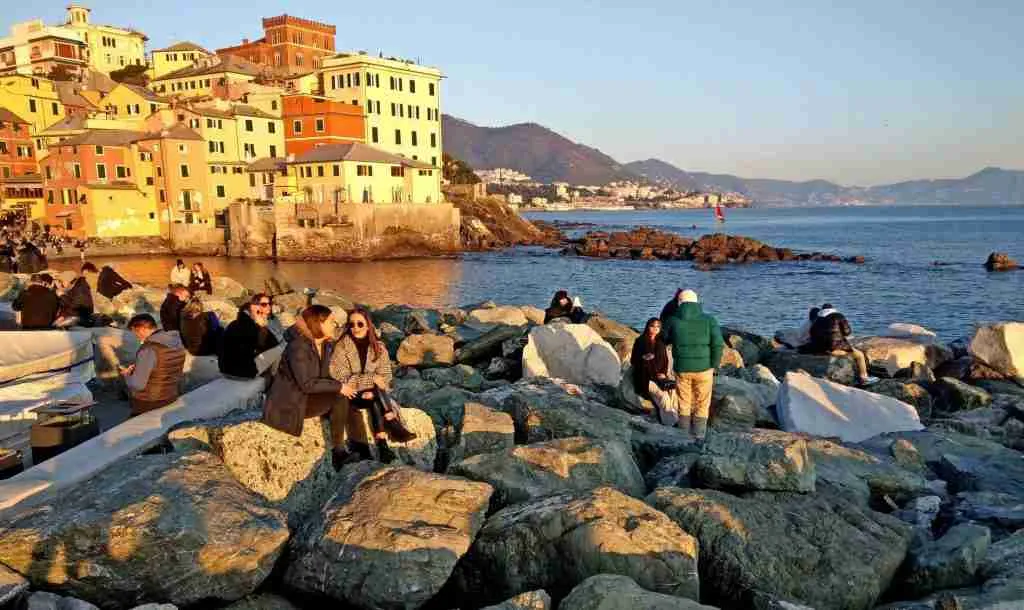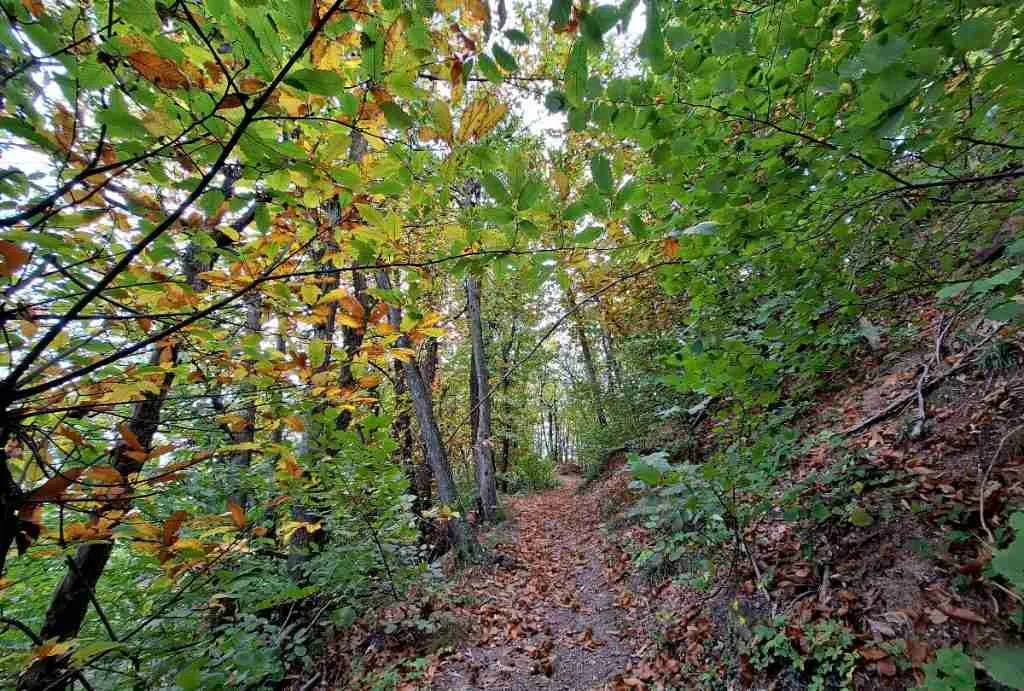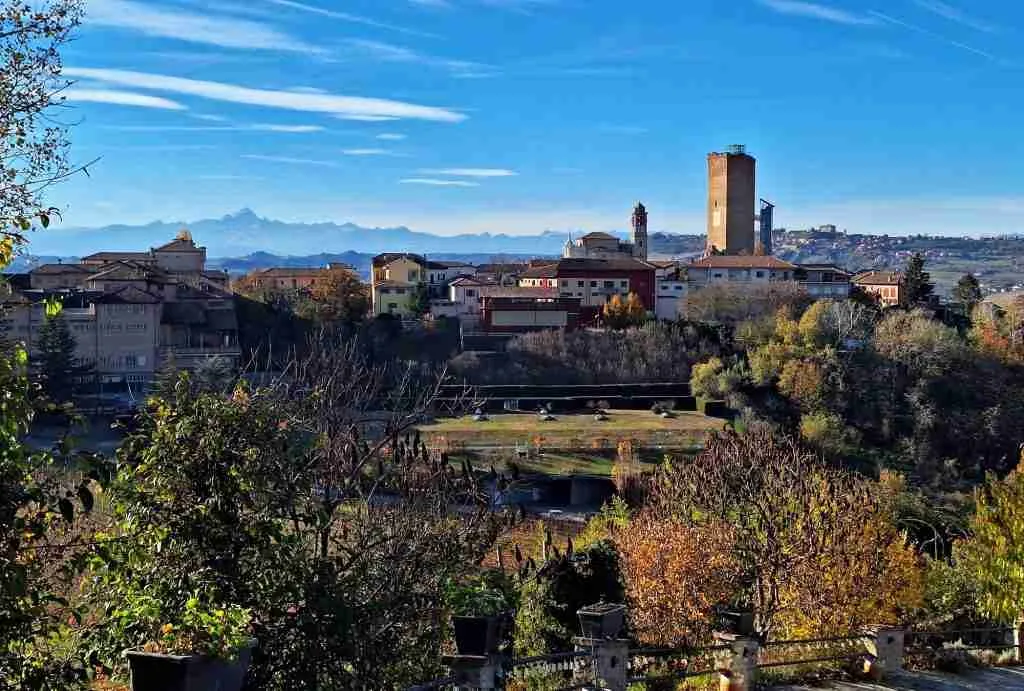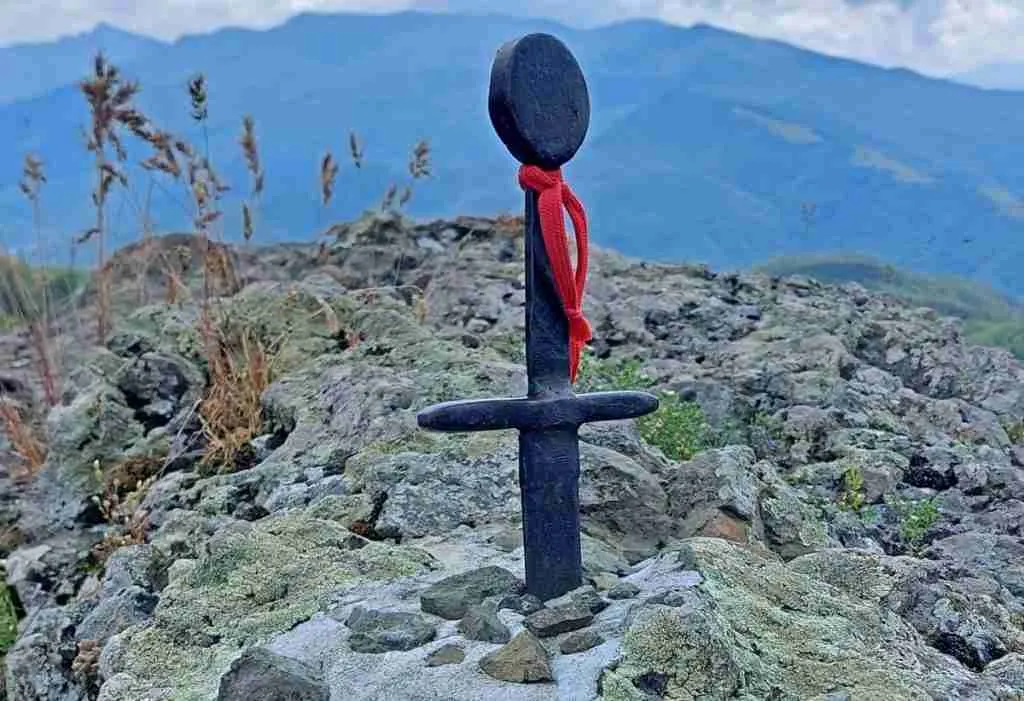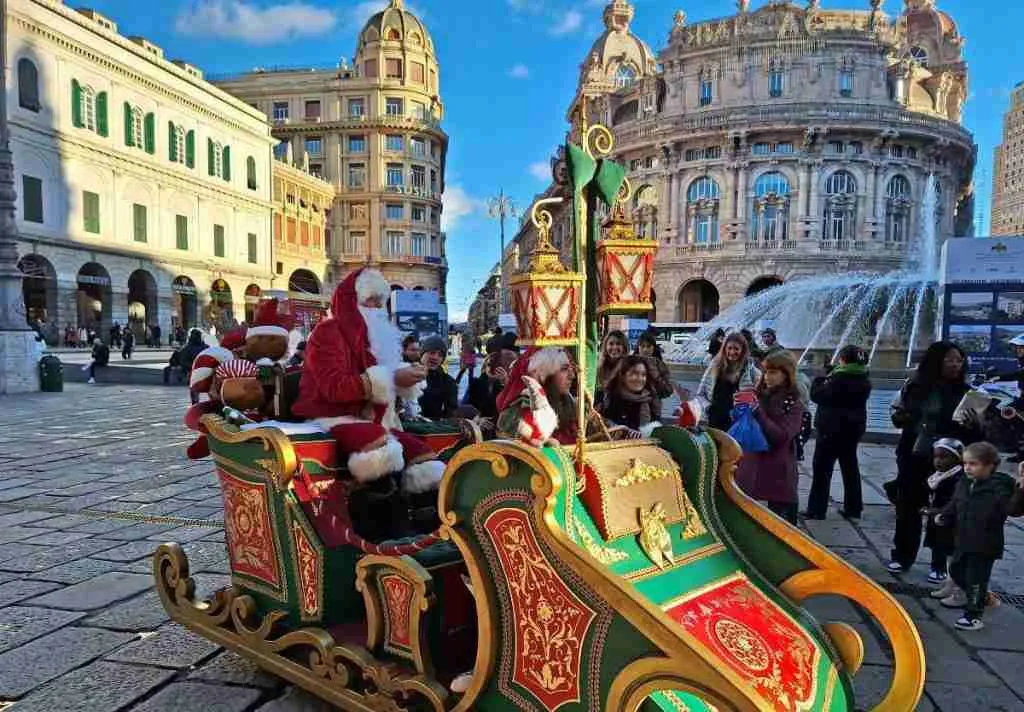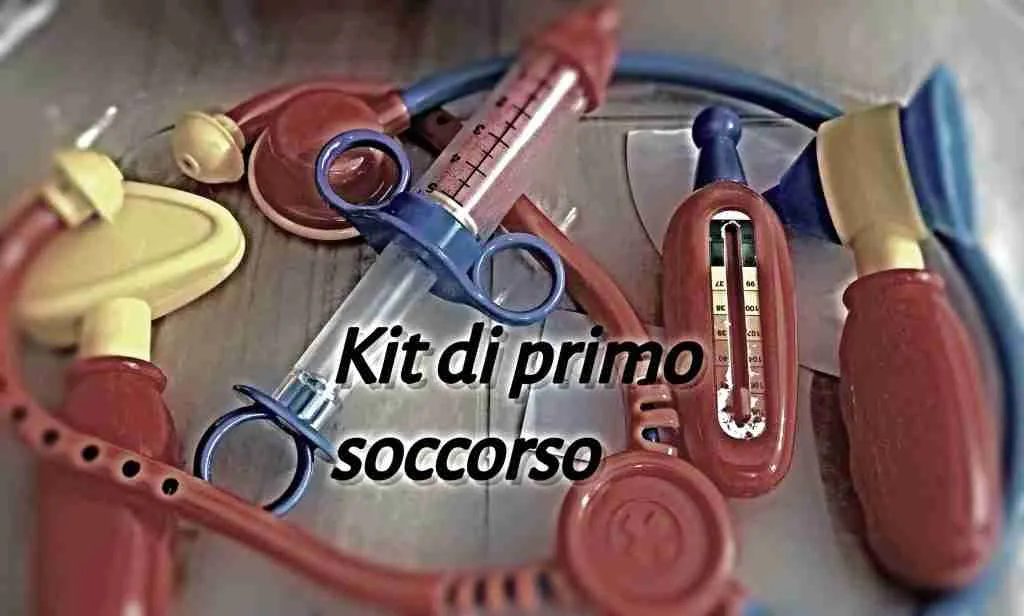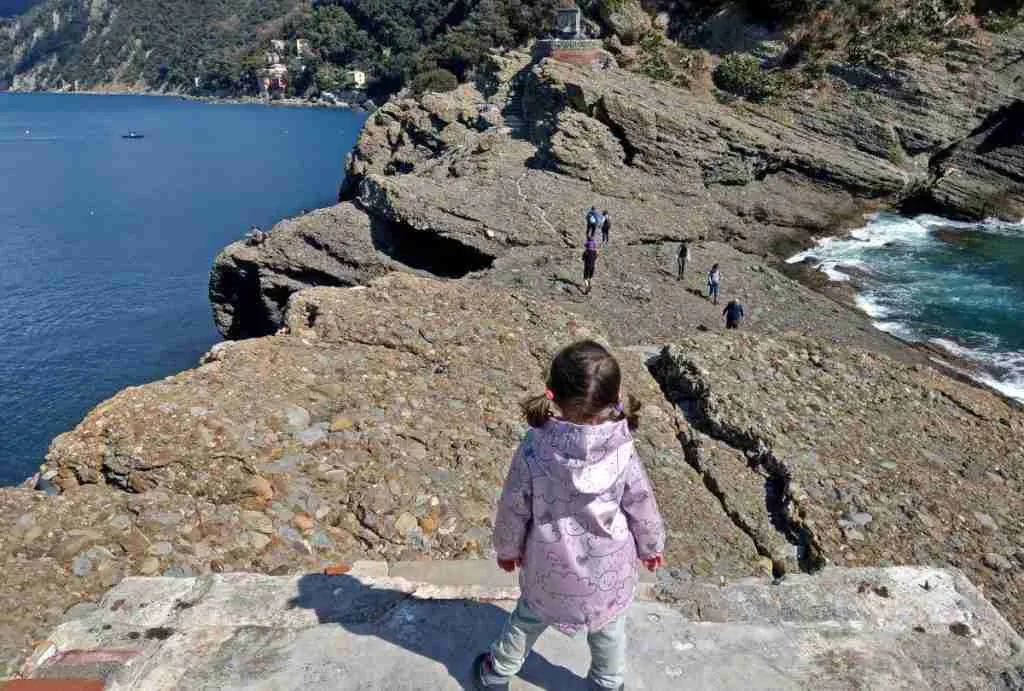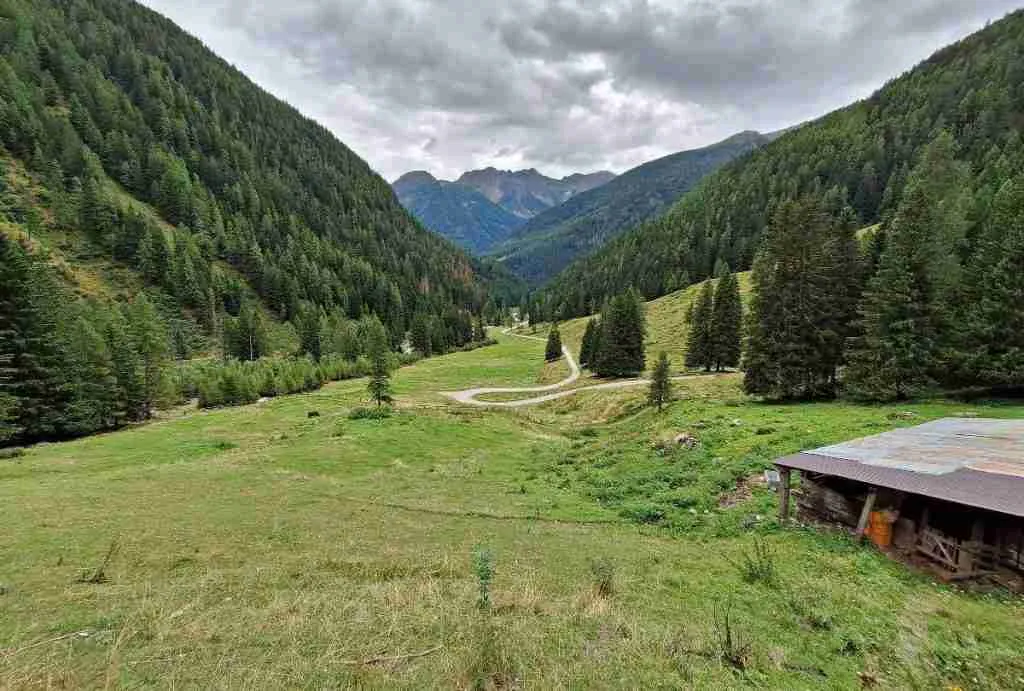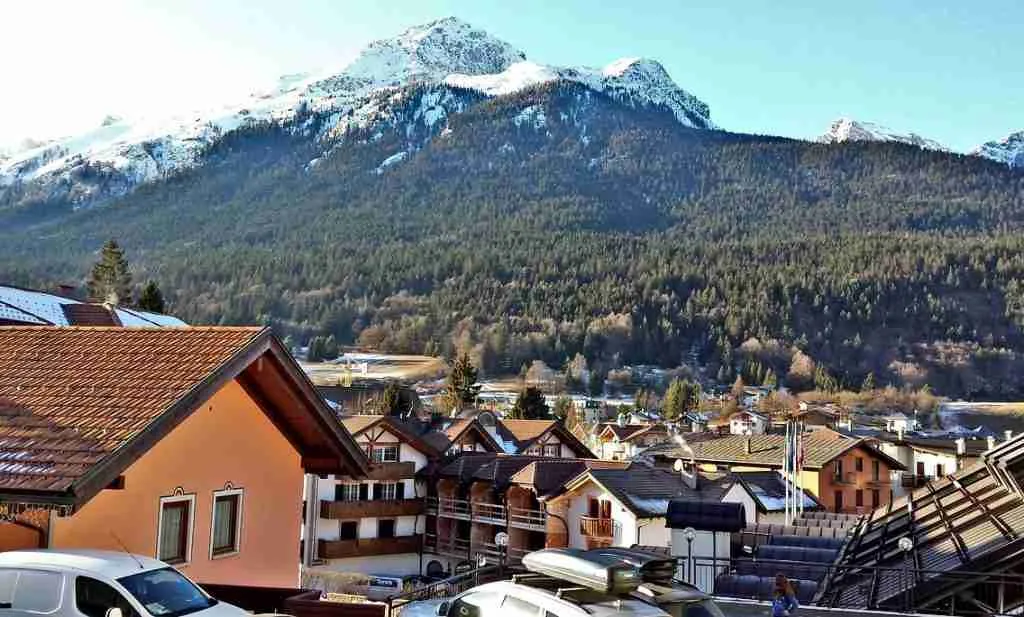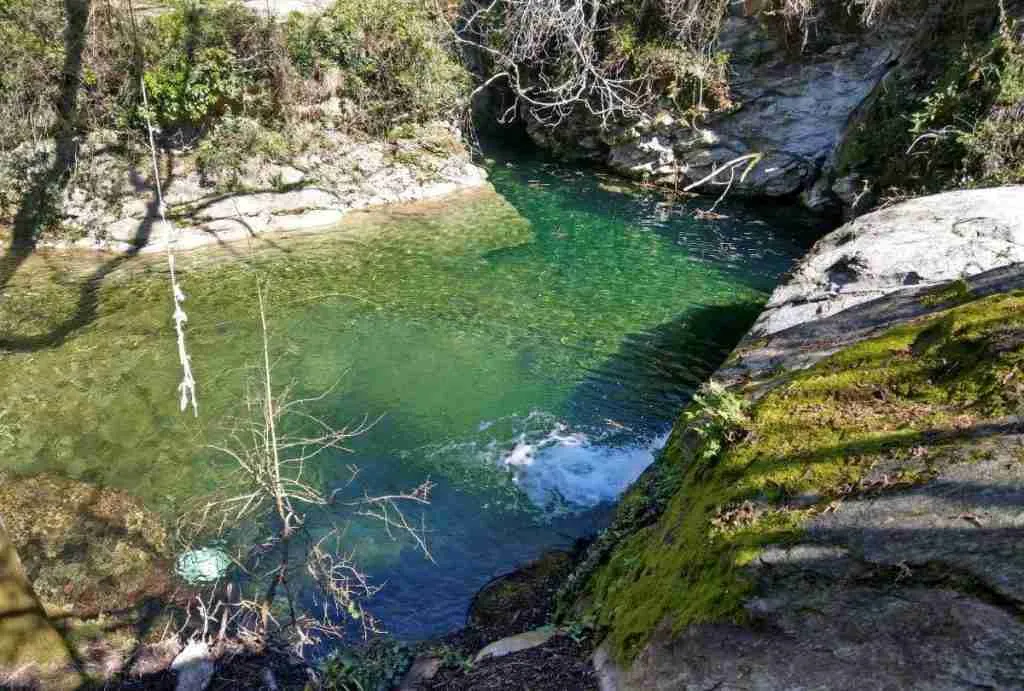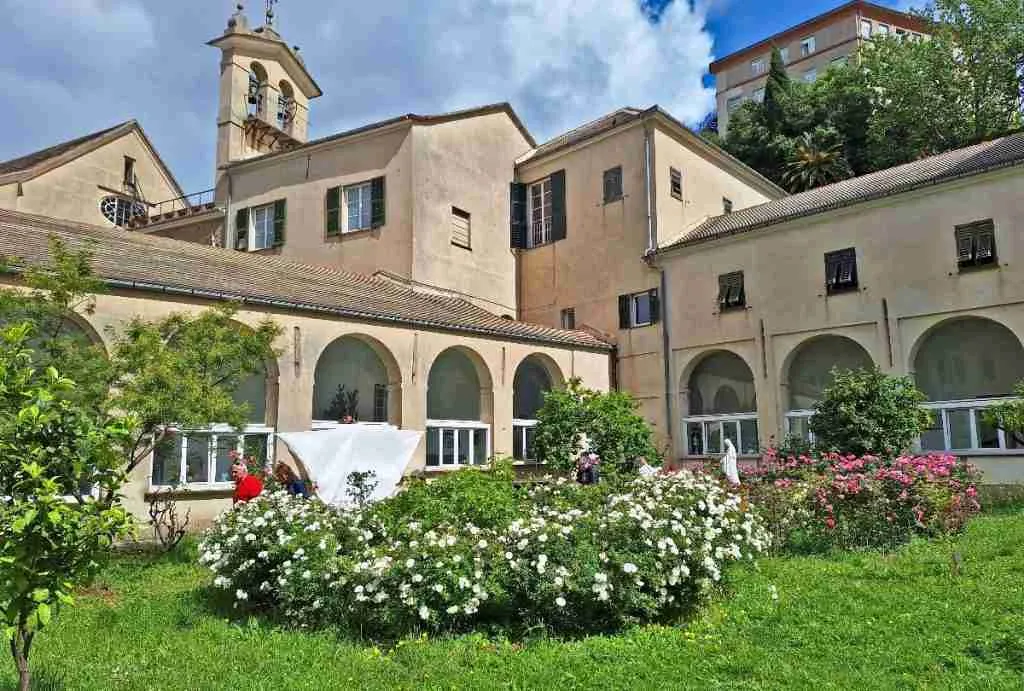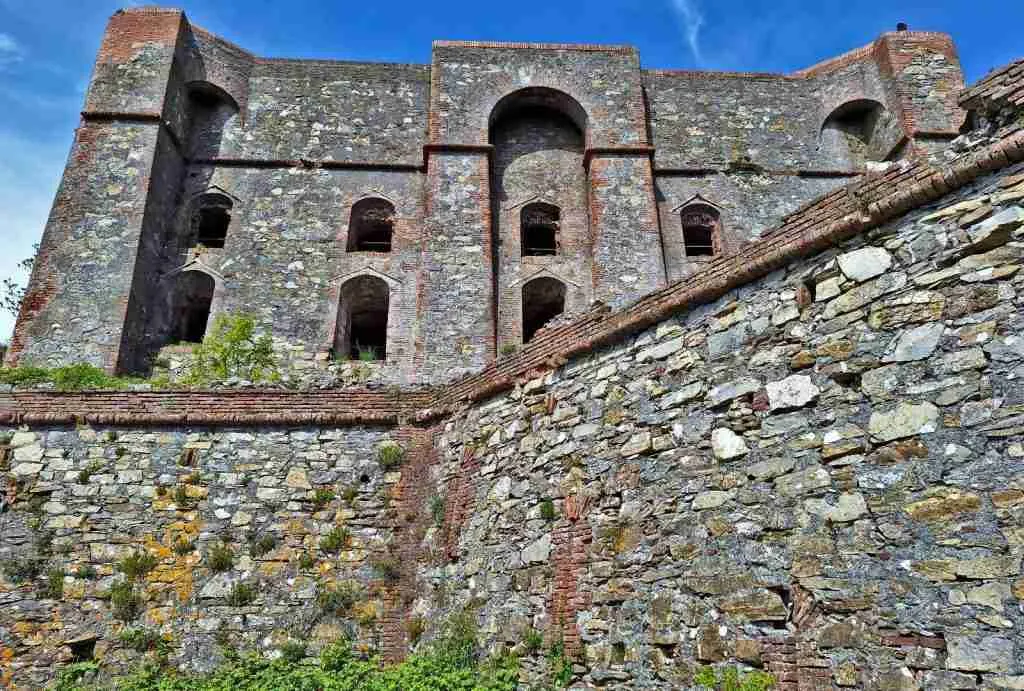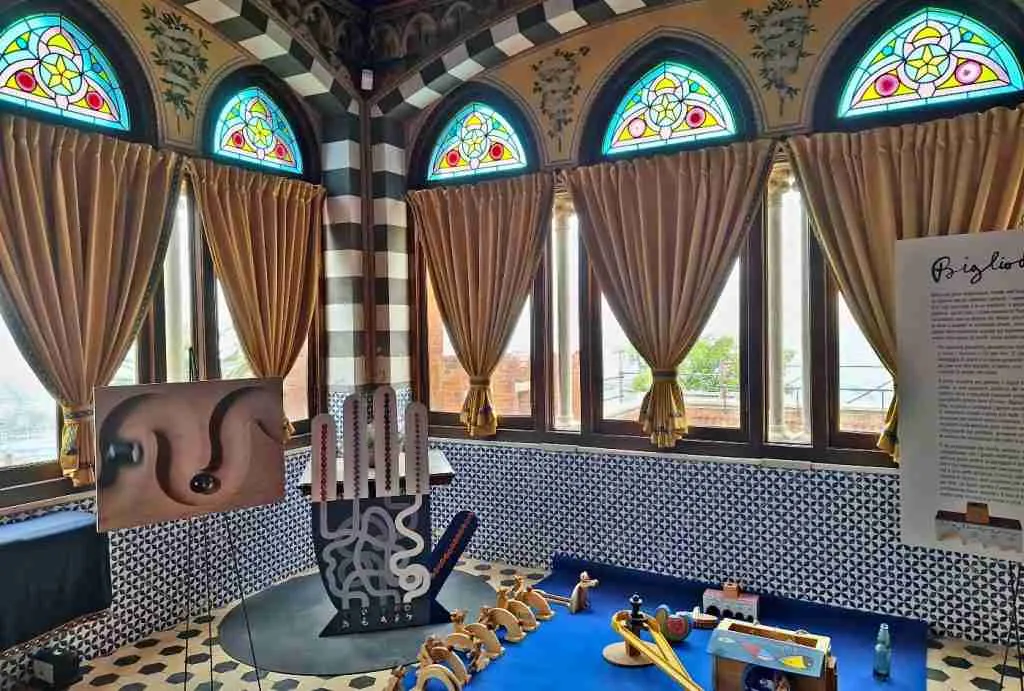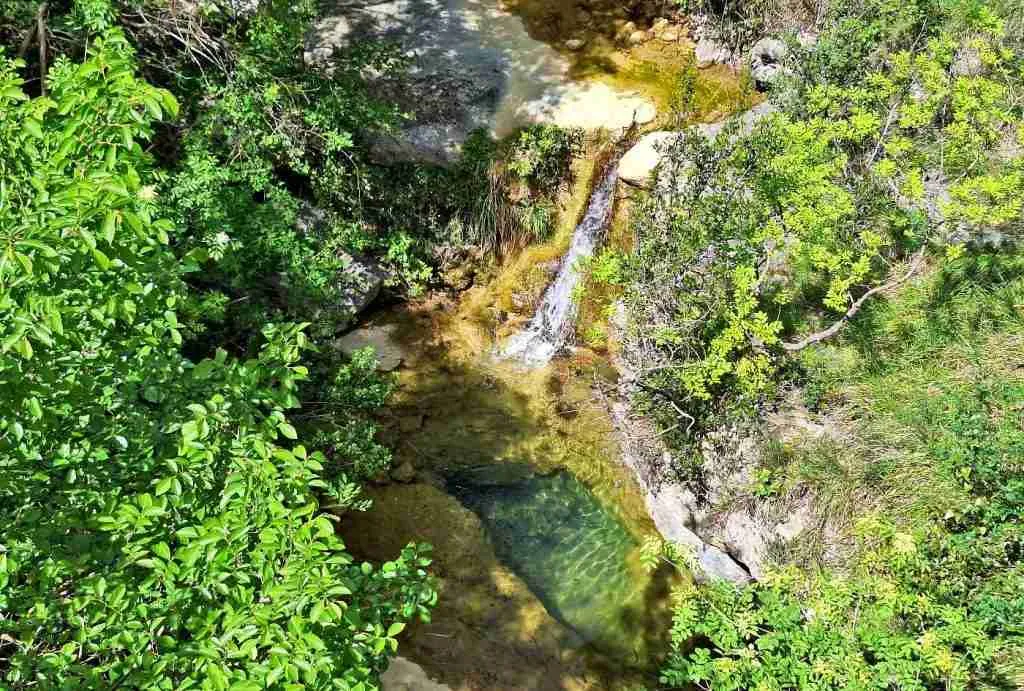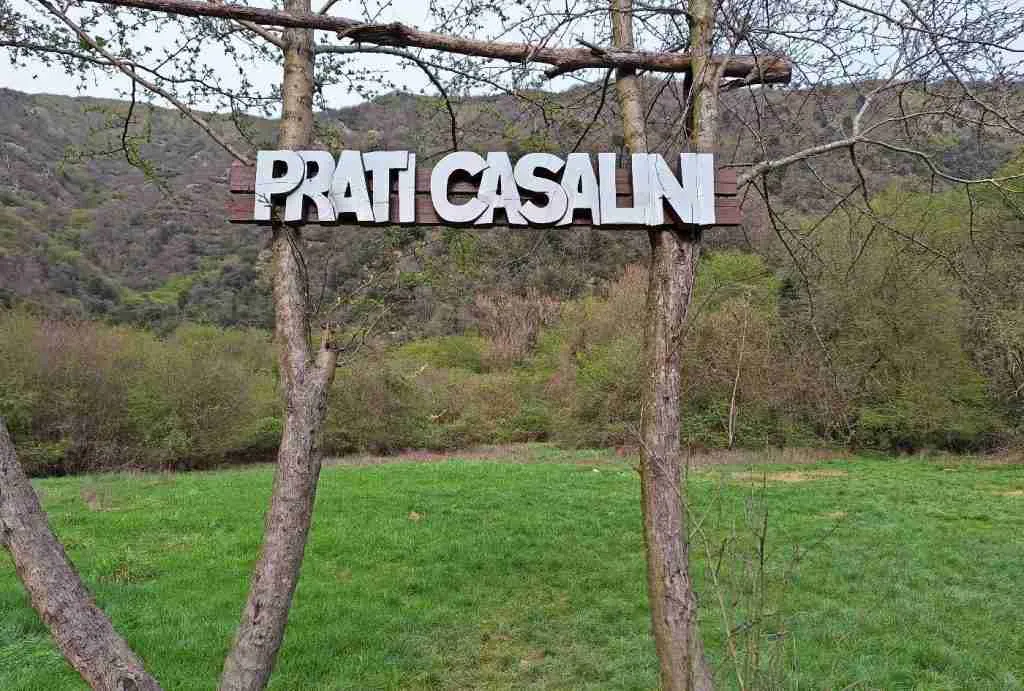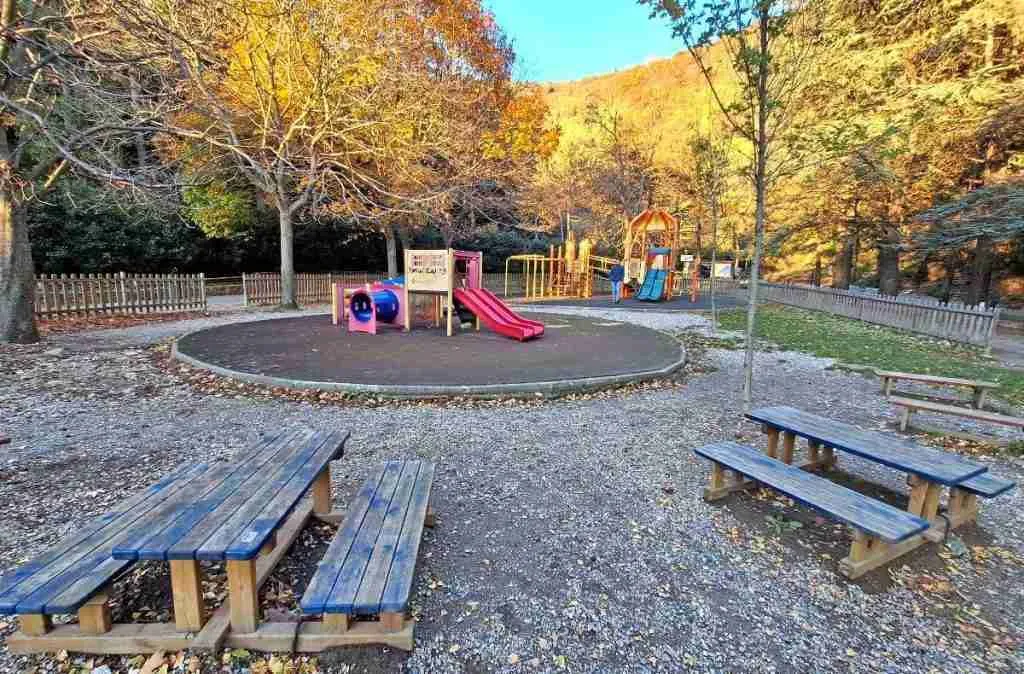A lot can be said about Genoa’s historical centre.
Dirty, poorly maintained, a hangout for delinquents….
But one thing is certain: it possesses a charm that few have.
It may be given by the maze of alleys (carugi in Genoese) that characterise it, where historic shops alternate with ethnic shops, somewhere between tradition and modernity.
It will be given by the scents of spices mingling with the wonderful perfume of freshly baked focaccia and the smell of fried food from the ancient sciamadde.
It will be due to the astonishment of turning the corner and finding a monument of interest, which you never thought could be hidden in that alley of dubious fame.
In any case, I love walking around the historical centre of Genoa, even with all its faults.
In this article, I will take you on a discovery of the most beautiful alleys in the historic centre, trying to convey a little curiosity about my city.
▶ If you need a customized itinerary, please contact me and I can propose the solution that best suits your needs.
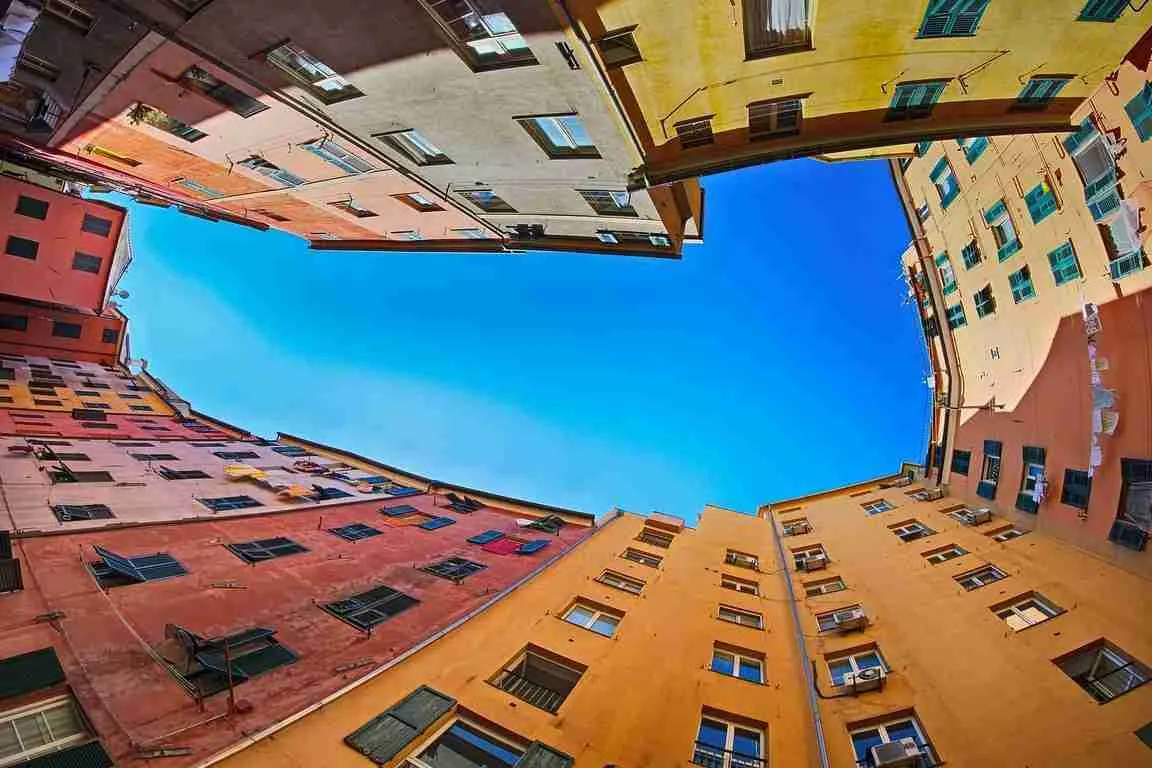
The historical centre of Genoa (guide by a true Genoese)
The historic centre of Genoa is one of the oldest in Europe, as well as being the most densely populated.
It covers an area of 113 hectares and, to tour it all, it would take much more time than a tourist probably has during a short holiday.
Therefore, I have created an itinerary – the map of which you will find below – that will take you on a discovery of the most characteristic alleys of the old town.
The must-sees you cannot miss if you are visiting Genoa.
The map will seem a little complicated but, as you will see, there are many places of interest.
You will also find information on where to taste traditional Genoese cuisine.
Map of the historical centre of Genoa
What to see in Genoa in one day: itinerary in the historic centre
The itinerary I am going to describe can be done in a day if the idea was to walk around, admiring the buildings from the outside and, at most, to make a quick visit to the churches along the way.
If, on the other hand, the idea was to also visit the museums and the Aquarium, you will need much more time.
Our journey through the historical centre starts from Piazza de Ferrari, Genoa’s main square.
Piazza de Ferrari
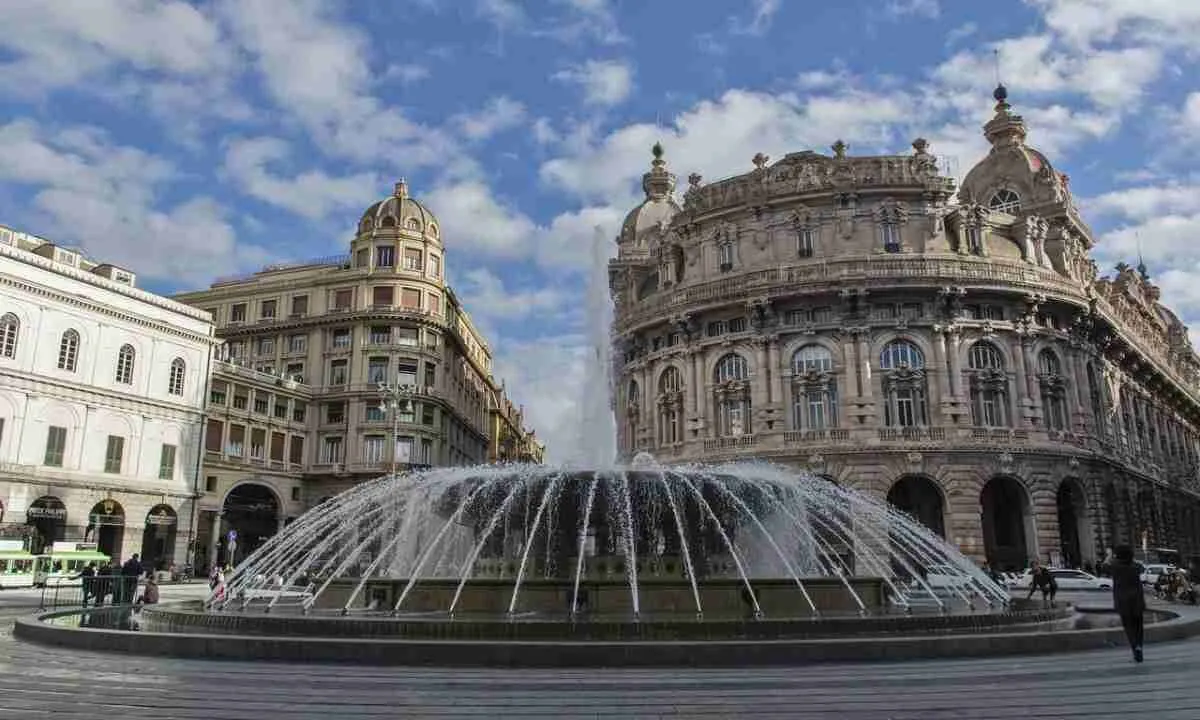

Piazza de Ferrari is the beating heart of the city, a meeting place for city events and one of the meeting points for us Genoese.
The square is dedicated to Duke Raffaele De Ferrari who, in 1875, donated a considerable sum of money for the expansion of the port of Genoa.
The piazza is overlooked by the Palazzo Ducale, which houses the museum, the Palazzo della Regione Liguria, the Palazzo della Nuova Borsa, in Art Nouveau style, and the Carlo Felice Theatre.
In the centre, stands the monumental bronze fountain, one of the symbols of the city.
Piazza dei Ferrari is the gateway, on the one hand, to the city’s shopping streets (Via XX Settembre) and, on the other, to the alleys of the historic centre.
Alleys of the historic centre
From Piazza de Ferrari, our walk continues to Piazza Matteotti where the main entrance of Palazzo Ducale is located.
On the façade, you can see eight statues of chained figures, enemies of the Republic of Genoa, who were defeated and imprisoned.
Continue uphill along Via di Porta Soprana and take a look at the Columbus House, just below Porta Soprana.

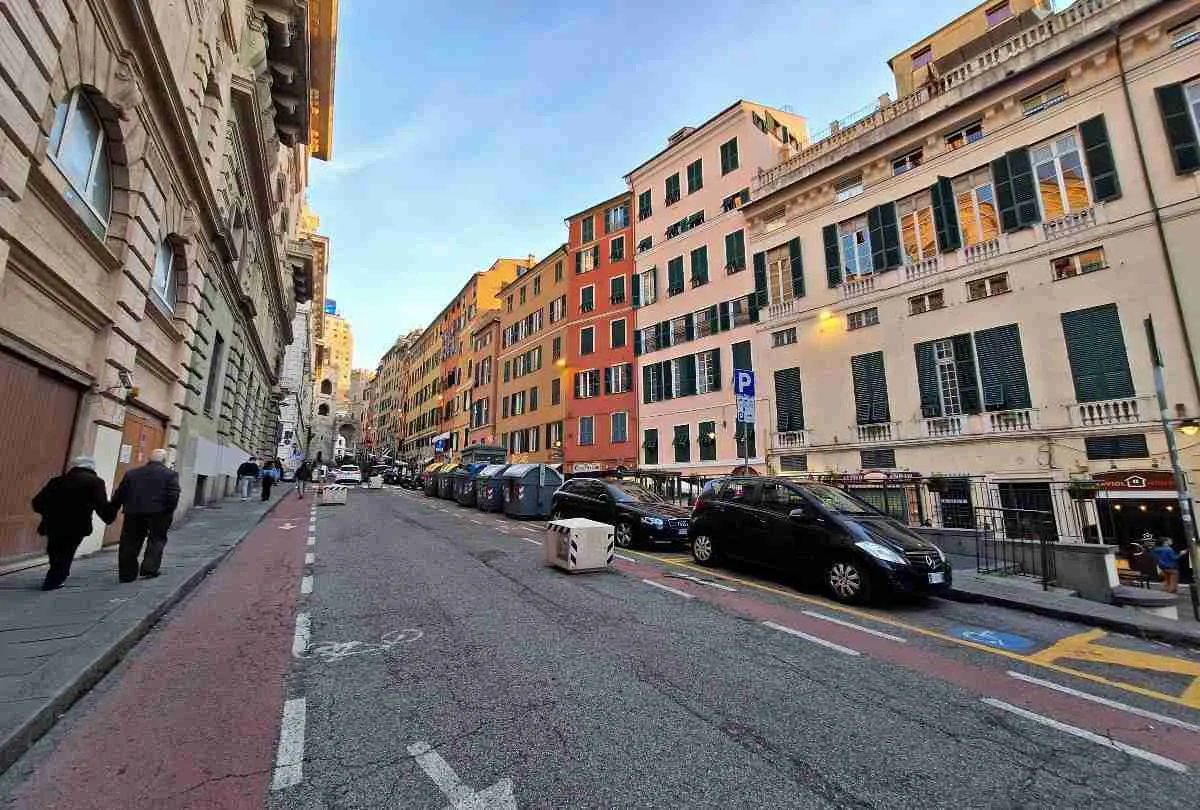
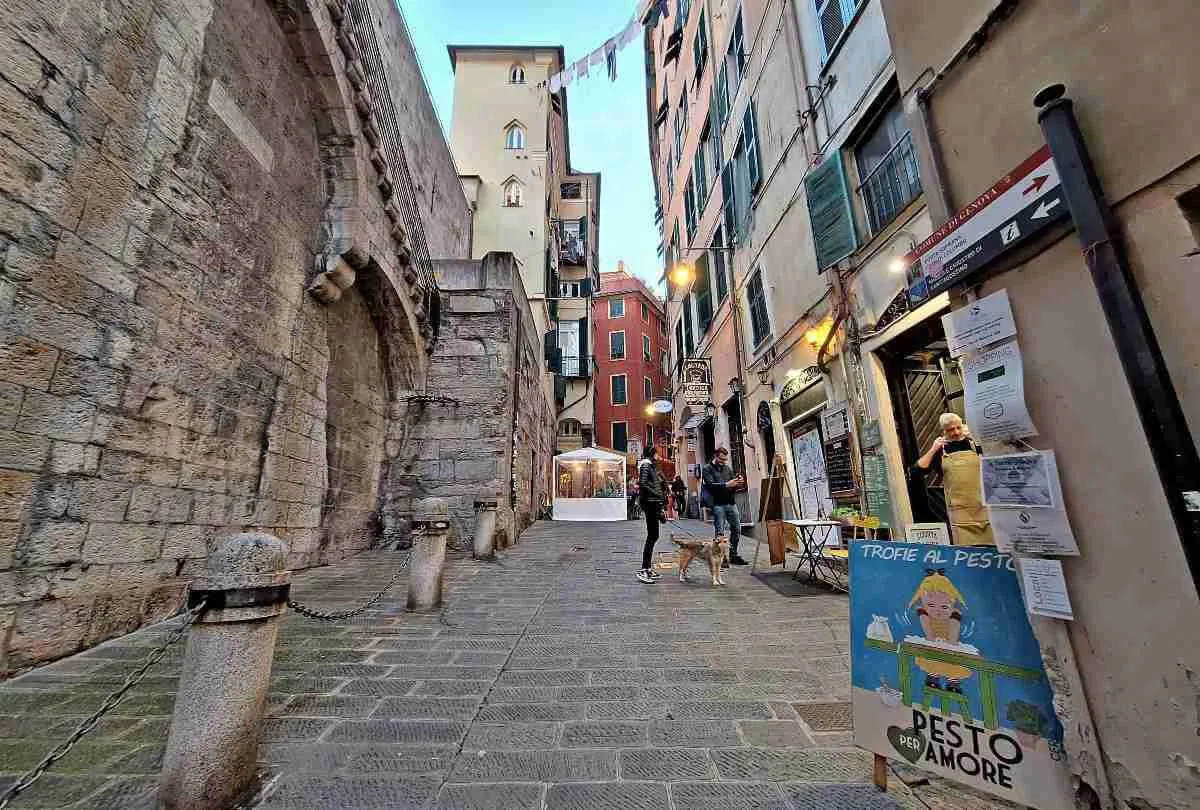
Porta Soprana – Via di Ravecca – Piazza delle Erbe – Via di San Lorenzo
Another symbol of Genoa, Porta Soprana or Porta di Sant’Andrea, was one of the gateways to the city in the 9th century for anyone arriving from the east.
The medieval stone construction is situated on top of the Sant’Andrea plateau, from which it takes its name.
Soprana because it is in an elevated position.
The two towers were used as a prison in the 19th century and still bear two plaques in Latin commemorating the glories and triumphs of the city of Genoa.
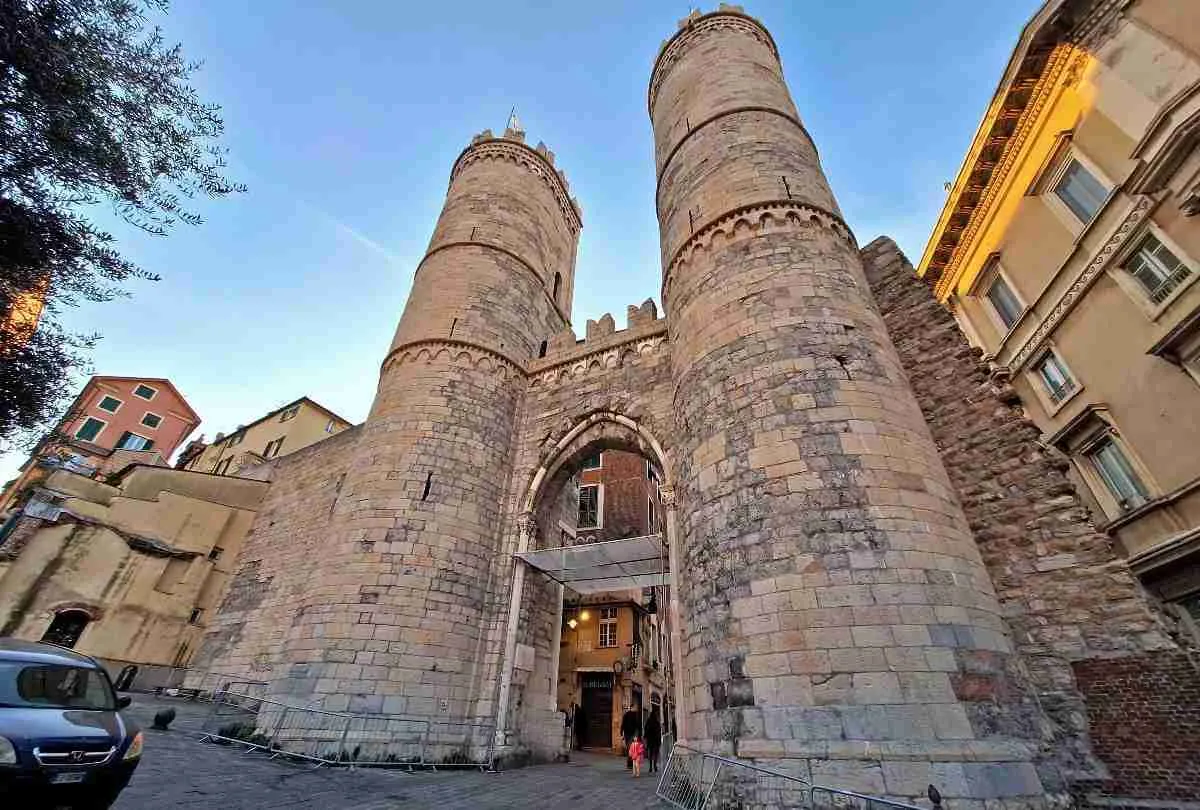

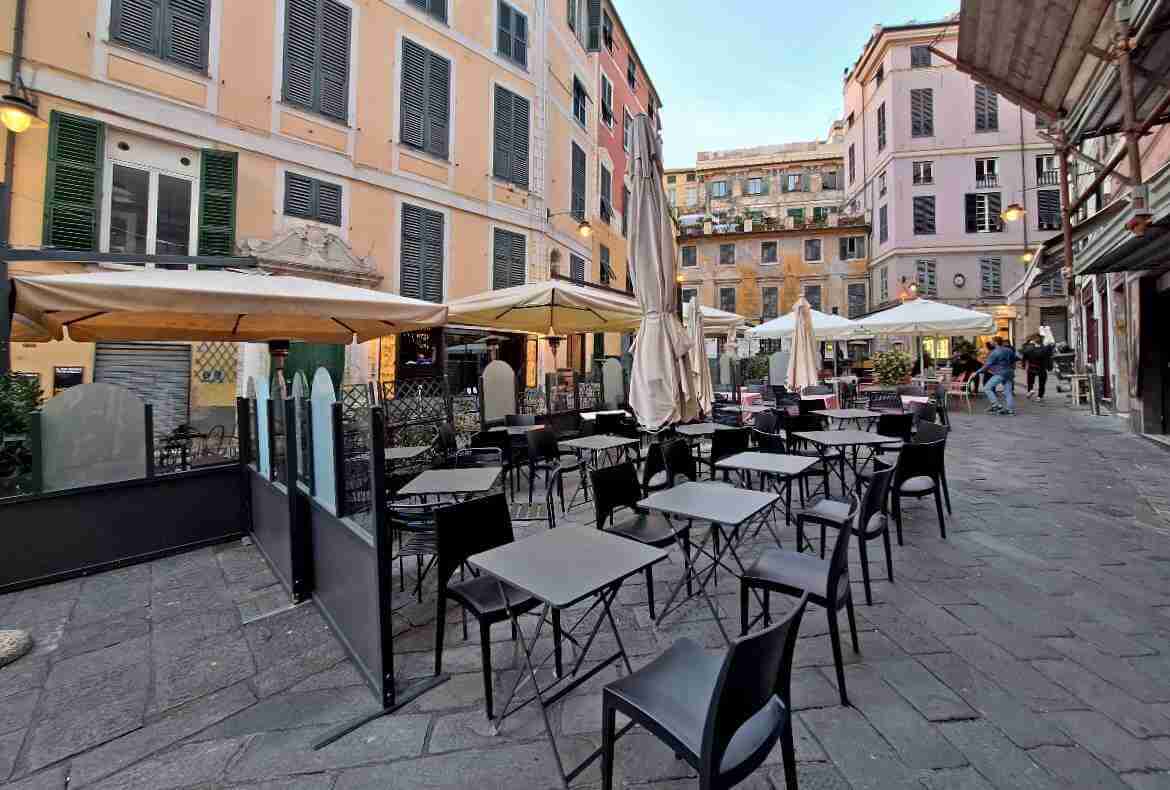
Now head up via di Ravecca, which is teeming with places to eat.
At Sciamadda you can find excellent vegetable pies and farinata, take-away.
In Genoese, sciamadda means ‘flaming‘ and identifies the old street fry shop.
If you prefer to sit at the restaurant, you can find good traditional dishes at E Prie Rosse.
Luzzati Gardens
From Via di Ravecca go down to Piazza delle Erbe, passing by the Giardini Luzzati, an oasis of peace in the centre of town.
Here you can find places with outdoor tables (very atmospheric at aperitif time), games for children, a football pitch, and an archaeological area with the remains of a Roman amphitheatre.
In my opinion, it is a charming little place.
Piazza delle Erbe
Go down to Piazza delle Erbe, which is very characteristic on Friday evenings with the locals packed into the square, and take Via di San Donato, which then becomes Via di San Bernardo.
Here, in vico Vegetti, you will find the Mangiabuono, a tiny Genoese trattoria with a few tables outside.
Equally good are TrattoriaUgo and Sa Pesta, in the parallel Via dei Giustiniani.
Continuing straight on, you arrive at the Porto Antico but, before going down to the harbour, I recommend taking one of the many little alleys that cut through Via di San Bernardo so as to come out on Via San Lorenzo and admire the imposing Cathedral.
Discovering the historical centre of Genoa: San Lorenzo Cathedral
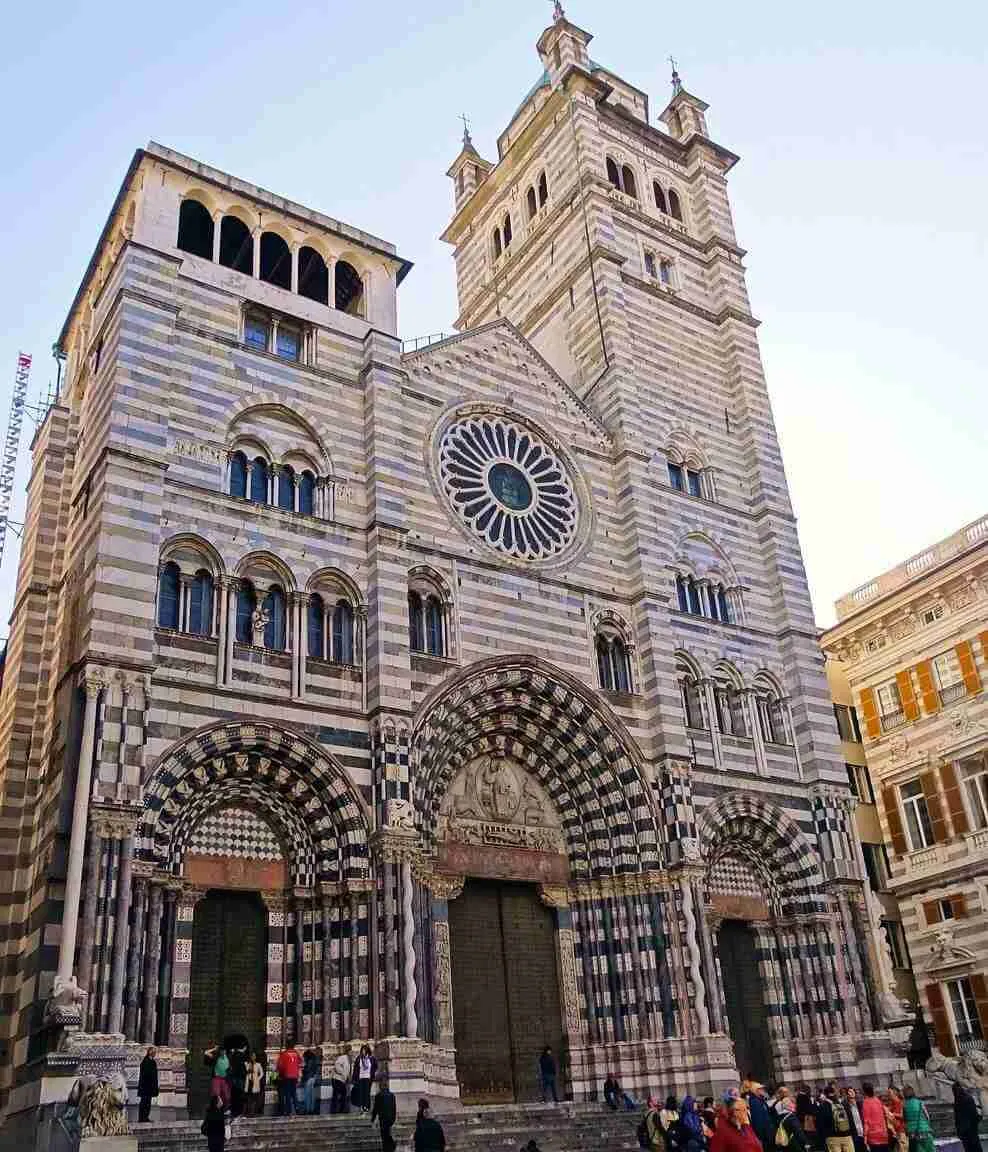
San Lorenzo Cathedral is the most important church in Genoa as it houses the ashes of the patron saint, St John the Baptist.
It is impossible not to notice it with its black and white striped façade and bell tower dominating the old town.
It was erected around the year 1098 on top of an earlier 5th-6th century basilica and, over the centuries, was enlarged and embellished.
Admission to the Cathedral is free and opening hours are 8 a.m. – 12 noon / 3 p.m. – 7 p.m.
From the Cathedral, continue down Via San Lorenzo and take Via di Canneto il Curto.
This, too, is a very folkloristic alleyway in the historical centre of Genoa, with the Focaccia bakery and its surroundings, worthy of note.
Continuing straight on, you will soon reach Piazza Banchi and its charming church.
Piazza Banchi
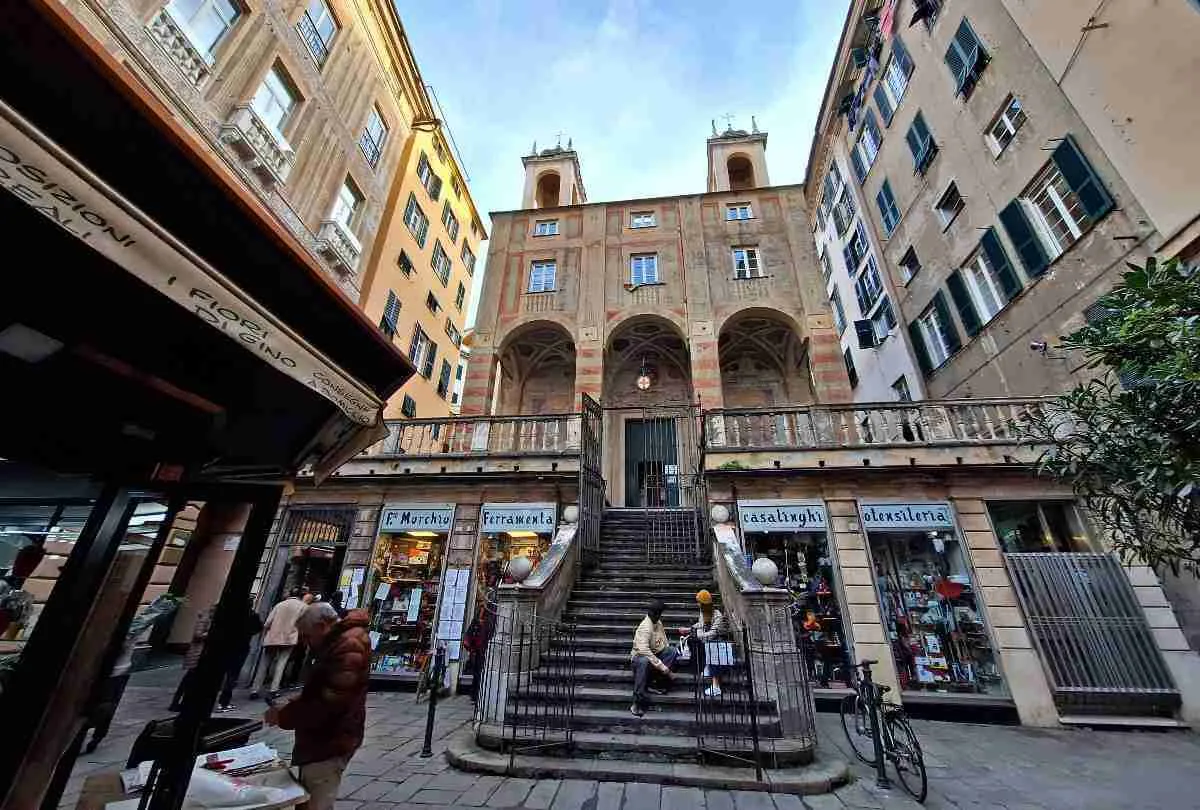


Piazza Banchi is the intersection of several carugi (narrow streets).
Between via Ponte Reale and vico De Negri, the unloaders of the port (camalli), particularly those who took care of the grain unloading, had a votive shrine erected in 1752 depicting the Immaculate Madonna and St Zaccaria.
In the 12th century, it was renamed Piazza ‘dei banchi’ (of the banks), due to the presence of the money changers‘ stalls located under the arcades of the palaces.
In 1398, the square was devastated by a terrible fire and only a hundred years later, the restoration of its buildings was completed.
The construction of the Merchants’ Loggia, home to local bankers and moneychangers, dates back to that period.
To the right of the Loggia, the Church of San Pietro in Banchi stands out in an elevated position, with the peculiarity of being located above the shops.
In this way, a compromise was found between the wishes of the people, who wanted to erect a church, and the Lomellino family, who wanted to create shops.
Take a minute to visit the interior of the church and admire Piazza Banchi from its churchyard.
The Pré district: Via del Campo
From Piazza Banchi, continue along Via San Luca, lined with multi-ethnic shops.

Just before arriving at Piazza Fossatello, stop to admire on the right the shop windows of the old Pasticceria Liquoreria Marescotti, one of several historic shops in Genoa.
From Piazza Fossatello, you can take Via Lomellini to visit the Museo del Risorgimento, which was the birthplace of Giuseppe Mazzini.
From Lomellini, retrace your steps and continue along Via del Campo, the street described by the Genoese singer-songwriter Fabrizio De André in his famous song.
Along the way, you can admire superb aristocratic palaces (some of them open on Rolly’s Day) that testify to the splendour of the past.
Over the years, the nobles moved elsewhere and, in their place, prostitutes and outcasts arrived on the street: the protagonists of De André’s song.
At No. 29-red Via del Campo, you can find a museum dedicated to the singer-songwriter, where you can admire photographs, original vinyl records, vintage magazines, and the ‘Esteve ’97’, the guitar that belonged to De André.
Discovering the historical centre of Genoa: Porta dei Vacca and Via di Pré
Continuing along Via del Campo, you arrive at Porta dei Vacca, originally called Porta di Santa Fede, due to its proximity to the church of the same name that was destroyed.
It is also called Porta Sottana, as opposed to the aforementioned Porta Soprana.

Porta dei Vacca, on the other hand, derives from the Vachero family, owners of several houses in the area in the 12th century.
The gate was the access point for those arriving from the west.
This gate, too, was used for a long time as a prison.
Via di Pré is the internal street parallel to the port that leads from Porta dei Vacca to the Commenda di Pré .
Along the way, you can take vico di Santa Brigida to have a look at the characteristic little square and ancient truogoli.

Via Balbi and Piazza della Nunziata
At this point we turn back, taking one of the many small alleys that lead to the carriageable Via Balbi, the street that connects the old town centre to the Principe Station in Genoa.
Via Balbi is home to the main campus of the University of Genoa and contains many prestigious buildings, including the Royal Palace.

We continue slightly downhill until we reach Piazza della Nunziata, where we can take a look at the Basilica della Santissima Annunziata del Vastato, from which it takes its name.
The Basilica follows the Baroque style and was built starting in 1520.
The interior, restored after the damage of World War II, has a large nave and two side aisles flanked by chapels enriched with frescoes, marble and pure gold stucco work.


Via Garibaldi, the ‘Strada Nuova’
From the Nunziata, take Via Cairoli, which soon becomes Via Garibaldi.
Halfway between the two, you will find Piazza della Meridiana, named after the 18th-century sundial on the façade of the palazzo of the same name, built between 1541 and 1545.
Inside Palazzo della Meridiana, there are two cycles of frescoes (Duello di Enea e Turno, and Ulisse saetta i Proci) painted by Luca Cambiaso, a Ligurian painter.



The first street to be built was Via Garibaldi, called ‘Strada Nuova’, which was followed by Via Cairoli ‘Strada Nuovissima’ because the aim was to improve connections with the west, avoiding the maze of alleys.
Strolling along Via Garibaldi, you will find 12 palaces in Renaissance and Baroque style, testifying to the wealth of the illustrious Genoese families of the past.
Since 2006, the ‘Strada Nuova Museums‘ have been a Unesco World Heritage Site.
▶ You might be interested in Rolli Days.
Via della Maddalena
At this point, we turn back a few steps to take, on the left, Via ai Quattro Canti di San Francesco.
We plunge into the heart of the Maddalena district.
Via della Maddalena is the inner parallel street to Via Garibaldi.
Often at the centre of news stories, the street is actually very characteristic and I recommend taking a stroll, admiring the votive aedicules set between one building and another.


The votive aedicule is a kind of small temple that housed the statue of the deity, testimony to the great devotion of the Genoese.
But it also had ausefulness in everyday life because it illuminated the surrounding alleys and served as a reference point for those passing by since, at the time, the alleys had no names.
Piazza delle Vigne – Via degli Orefici – Campetto
We now descend to Piazza delle Vigne, a characteristic square in the historic centre of Genoa, overlooked by the Basilica of Santa Maria delle Vigne, and the excellent Genoese trattoria Il Fabbro.
We turn left into Via degli Orefici, full of small shops, and then turn right into Campetto.
Here, the Ossoli Incisioni shop is worth a stop. As its name suggests, it specialises in engravings on all kinds of materials, although I particularly like wood engravings.
It is not part of the circuit of Genoa’s historic shops as the young owner only opened a few years ago.
Here, however, you can find gadgets and other gift ideas, which can also be personalised on the spot.
In this way, you will take home a souvenir of your holiday in Genoa, authentic and a little different from the usual.
Church of San Matteo
From Piazza Campetto, continue along vico di San Matteo.
Your next destination is the Church of San Matteo, whose façade features the characteristic black and white striped decoration already seen in the Basilica of San Lorenzo.
Along the three naves, there is a rich series of frescoes, 16th-century stuccoes, paintings , and wooden sculptures.
The crypt, under the high altar, houses the tomb of Andrea Doria, admiral and descendant of theillustrious Genoese Doria family.
The church is open to the public and opening hours are: Tuesdays, Wednesdays, Thursdays, Fridays, Saturdays 10 a.m. – 12 noon / 3 p.m. – 7 p.m. Sundays and public holidays 9 a.m.-12 noon.
Soziglia Slaughterhouse Quarters
From Piazza San Matteo, now take vico della Neve and turn right into via dei Macelli di Soziglia.
Here you can take a look at the Antica Confetteria Romanengo, in business since 1780.
If you want to taste something Genoese, takeaway, continue along Via dei Macelli di Soziglia and you will find the Gastronomia De Micheli – since 1900.
True Genoese tradition, handed down from father to son (even grandfather and probably great-grandfather!).
Very fresh products of the highest quality.
Try the vegetable pies and the cappon magro, a traditional Genoese dish made with fish and vegetables.
I don’t know if they bake it every day, but their tart is also something exceptional!
After refreshments, take Via Luccoli and continue until you reach Piazza Fontane Marose.
Via Luccoli – Piazza Fontane Marose

Via Luccoli, in ancient times, was a path through the trees.
Its name derives from lucus or luculus, i.e. small sacred wood, which ran from Soziglia to Piazza Corvetto.
Starting in the 13th century, members of the illustrious Spinola family built their houses along the street.
Today, Via Luccoli preserves ancient Renaissance dwellings and it is pleasant to take a stroll while looking in the shop windows or tasting something in the numerous cafés.
Don’t miss the Pànera – a traditional Genoese semifreddo made with cream and coffee – at the Cremeria Buonafede at 12r.
It is really hard to find an ice cream parlour in all of Genoa that still makes it this good.
The Antica Erboristeria San Giorgio is also worth a visit.
Included in the circuit of historic shops, the Erboristeria San Giorgio was founded in 1870 and is the oldest herbalist shop in Genoa.
Once in Piazza Fontane Marose, turn right onto Via XXV Aprile.
Via XXV aprile and back to Piazza de Ferrari

Before the Second World War, Via XXV Aprile – opened in the early 1800s – was called Via Carlo Felice, named after the theatre that stands not far away.
Via XXV aprile, together with Via Roma above, is the street for luxury shopping.
In one of the first cross streets on the left (vico Testadoro), you will find Da Maria, a Genoese trattoria without too many pretensions but which I recommend for itsconvivial atmosphere and excellent price.
Here, in fact, it is still possible to eat à la carte for about €20.00.
At the top of Via XXV Aprile, you can take a peek at vico della Casana and the adjacent characteristic alleys (Via David Chiossone, vico Falamonica).
Go back up (if you go down, you will find yourself back in the Macelli di Soziglia district), a few more steps and you will be in Piazza De Ferrari, at the start of your itinerary.
Itinerary in the historical centre of Genoa
If you look at the map, you will see that the itinerary I have proposed to you within the carugi (narrow streets ) of the historic centre is about 6 kilometres long.
Along the way, you will do some up and down, but it is a pleasant walk, full of attractions, and doable, with good will, in a single day.
Of course, the ideal would be to split the itinerary into two so that you can also see the museums and other attractions at your leisure.
Remember that this itinerary is missing the whole Porto Antico area, with the Aquarium, the Galata Museo del Mare, the Bigo, Sottoripa, etc., which deserves its own chapter.
You can get more information HERE.
Is the historical centre of Genoa dangerous?
In the historical centre of Genoa, there are a thousand or more characteristic carugi that are worth a visit.
By day, don’t be afraid to venture into even the most convoluted ones, if they intrigue you.
In the evening, however, prefer the wider, lit-up streets (such as Via San Lorenzo) or the streets swarming with restaurants and youth clubs.
It is precisely in the alleys, in fact, that many of the most typical Genoese trattorias can be found.
And difficially, drug dealers and delinquents hang out where there is a bustle of people.
The advice I can give, however, is not to splurge on jewellery and to keep your wallet tight, although, personally, I have never had any problems.
The areas I would advise against in the evening are definitely via San Luca because when the shops close it becomes a no man’s land, and the Pré district (via del Campo, via di Pré).
It may go without saying but, the streets that go down, before or after, lead to the port, the streets that go up, on the other hand, lead back to Piazza de Ferrari and the city centre.
Interested in a guided tour instead? Check out the ones offered by GetYourGuide:
Read on:
3. The Monumental Cemetery of Staglieno

